Investing in Coffee: A Goldmine Under the Basket
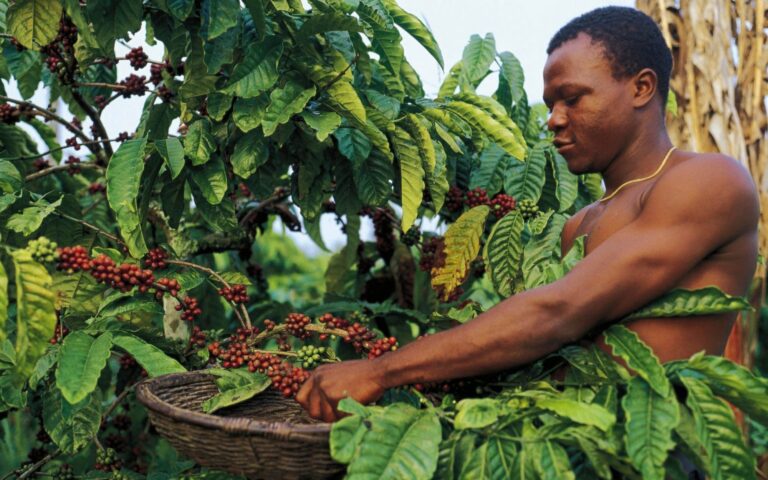
Cameroon coffee continues to garner interest in the international market. According to reports from the Ministry of Economy, there’s constantly a high demand for Cameroon coffee in France, Algeria, Belgium and Portugal. These four countries alone constituted 62.9% of Cameroon’s coffee exports in 2022, with the largest buyer being Algeria who purchased 18.6% of shipments over the period.
Cameroon’s rich history in coffee production:
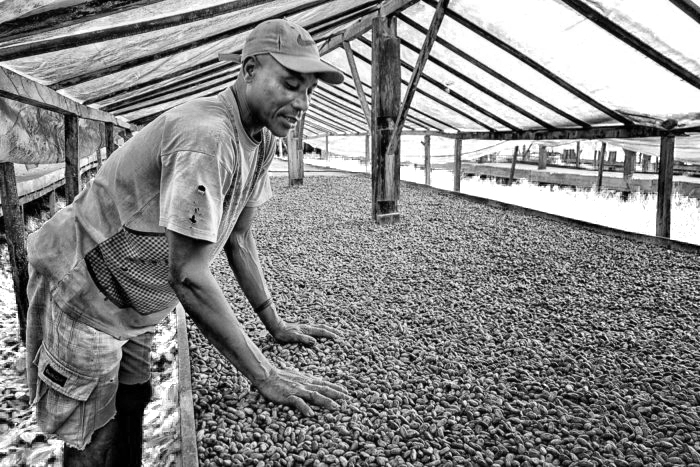
Cameroon’s rich history in coffee production:
Cameroon was once the second-largest producer and exporter of coffee in Africa. Its annual production figures were as high as 132,000 metric tons in the mid-1980s. The country’s largest ever yield was 156,000 metric tons, reported in 1990.
After the mid-90s economic crisis, the government of Cameroon expressed a strong desire to revive the sector.
The government of Cameroon through the Ministry of Agriculture and Rural development has set up the project: Supporting the Production and Distribution of Cocoa-Coffee Plant Material/Seeding’ (PPDMVCC/PSCC). This project strongly supports the coffee production sector in several areas and makes its know-how available to assist in establishing tree nurseries free of charge.
Coffee cultivation
Generally coffee plant can live for over 100 years, but most experts advise maximum productivity range of between 4 to 40 years.
The 2 varieties of coffee produced in Cameroon are:
- Arabica
- Robusta
Arabica coffee is grown in high altitude regions: West, North-West and South-West, over some 10,000 hectares, with an average area of 2 hectares per farmer. Arabica accounts, on average, for 10% of the marketed production compared to Robusta (90%).
Both Arabica and Robusta products are grown in the following seven regions of the country: Centre, East, Littoral, North-West, West, South and South-West. The Littoral regions (particularly Mungo, a bastion of Robusta production) and the West regions account for the greatest share of output: 41% and 36% of the total respectively. The Centre, East and South regions account for around 5% and exclusively produce Robusta. The North-West, with 3%, produces only Arabica, while the South-West produces around 15% of both Arabica and Robusta
Cultivation Costs:
Due to the availability of cheap labour in Cameroon, the average cost of setting up a hectare of coffee plantation that will last over 40+ years is about 1,200,000FRS ($2,000) with an annual maintenance cost of about 200,000FRS ($350) and 350,000FRS (harvest cost included).
Tonnage per hectare ranges between 1 and 1.5 tons, with selling price ranging between 1000 to 2000 FCFA per Kilogram.
Cultivation stages: Coffee goes through several stages.
- Coffee begins as a seed inside a cherry.
- When the cherry turns deep purple, it’s ready to germinate.
- Germination is slow for all varieties. It can take up to three to 4 months.
- After germination, the first of the coffee plant growth stages is the juvenile stage. The trees at this level are under 3 feet tall.
- As the coffee trees approach full maturity, they begin to produce cherries and beans. It takes 15- 17 weeks from fertilization for cherries to appear, and they need another 7 to 12 months to fully develop.
Harvesting: Harvest is done between 1 October to December annually.
Research institutions
The Institute for Agricultural Research for Development (IRAD) has the necessary equipment and ensures that technical assistance is permanently available and drives a partnership that helps to enhance the coffee sector in Cameroon.
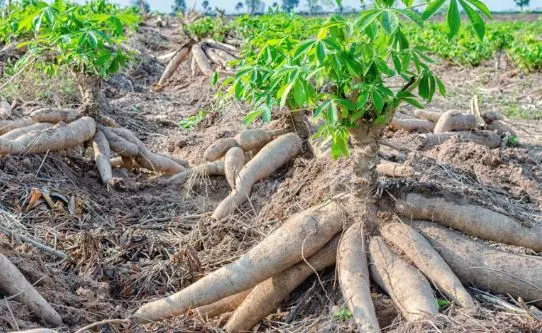
Cassava Production and Processing
Cassava Production and Processing Overview Cassava is a major staple food in West and Central Africa, and ranks amongst top
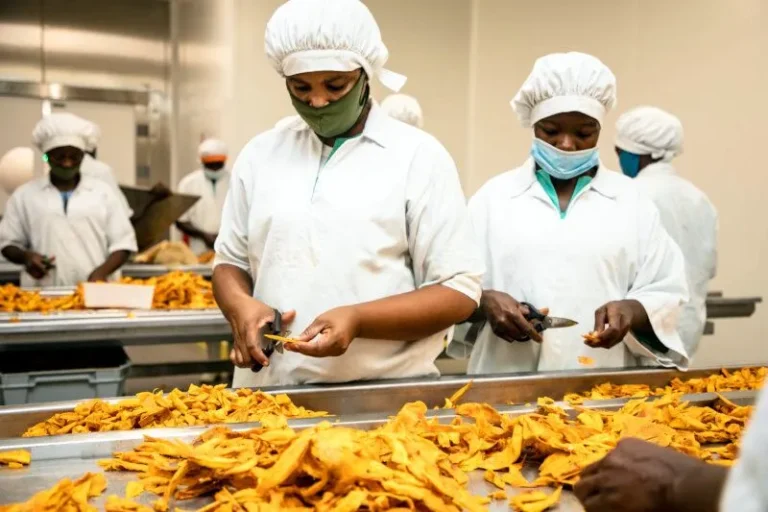
Agro Processing in Cameroon
Agro-Processing in Cameroon Cameroon’s agriculture sector has an enormous potential due to the rich nature of her soils, favorable for
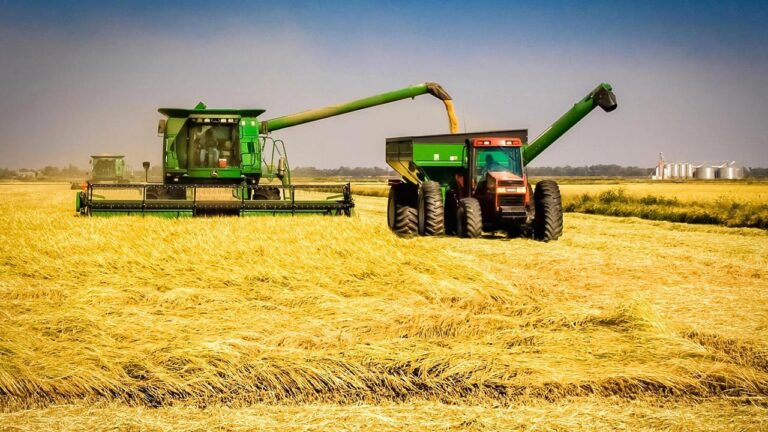
Rice Cultivation: A $300M annual market to explore.
Discover the Cameroon Rice Sector: A $300M annual market to explore Rice is amongst the most demanded staple food in
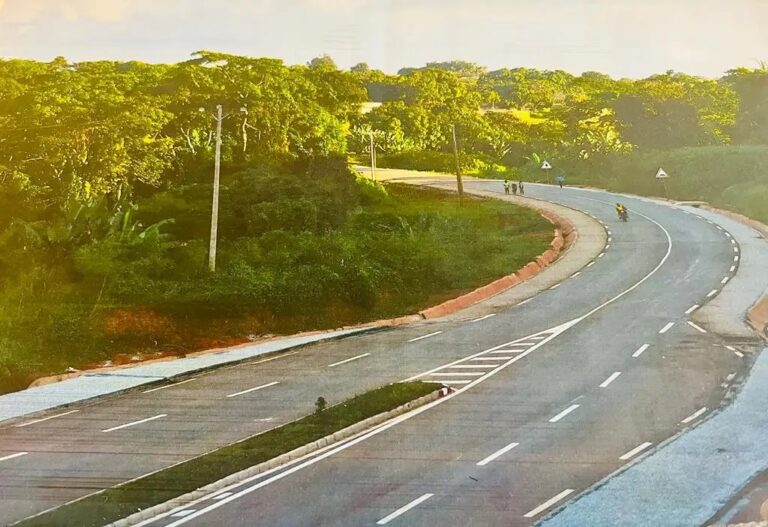
400,000 Hectares of Land to be Allocated for Investors in the Agriculture Industry
The government has opened the procedure for the allocation of 400.000 hectares of Land along the Batchenga-Ntui-Yoko-Tibati-Ngaoundéré corridor to private investors in Agro-industry sector.
